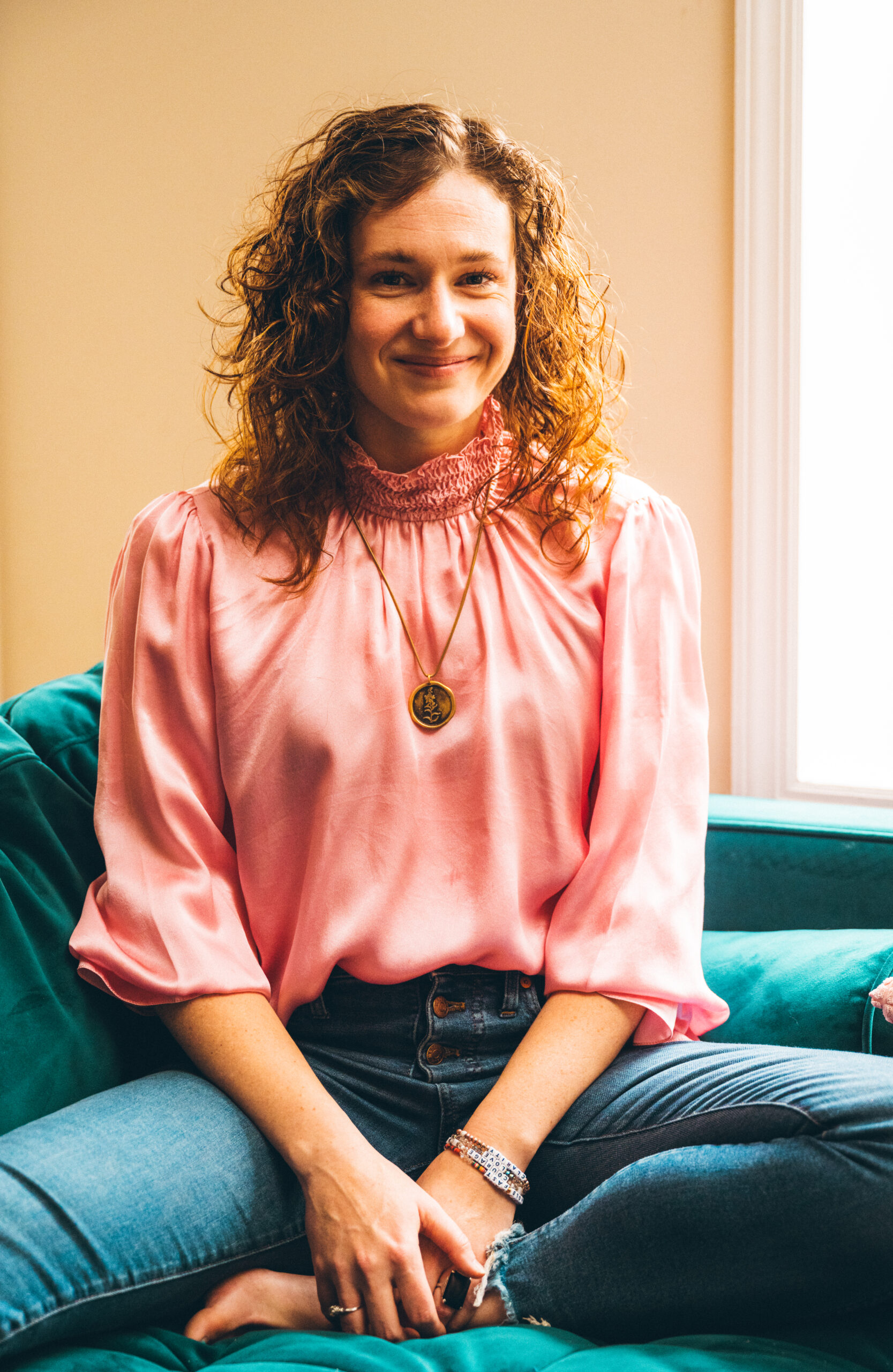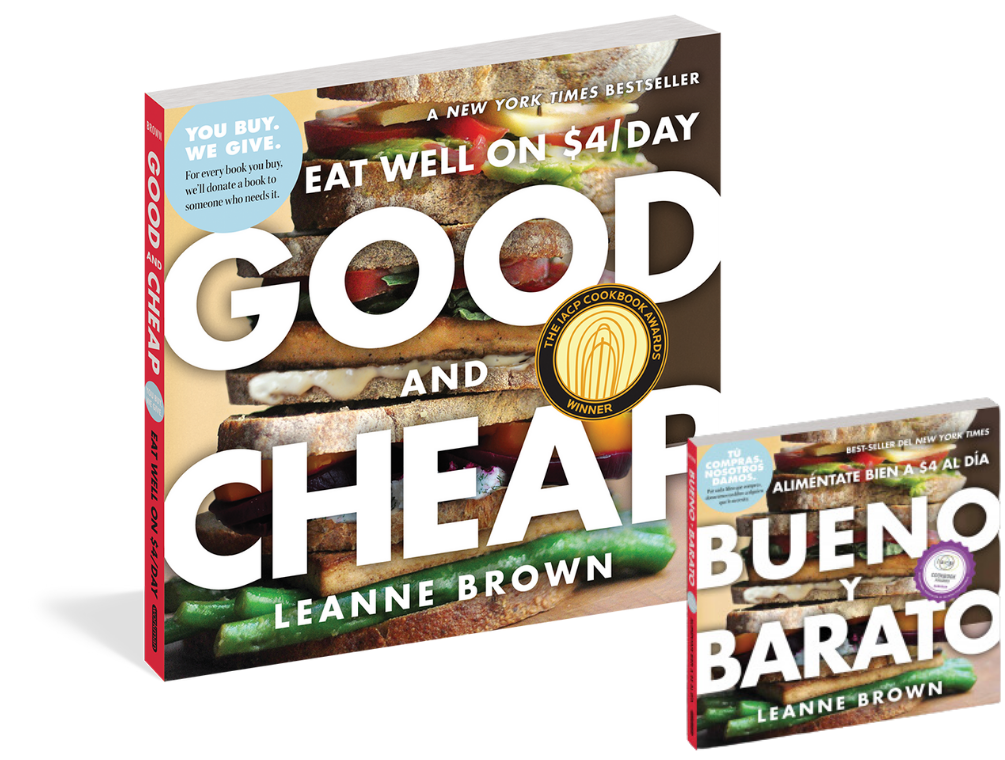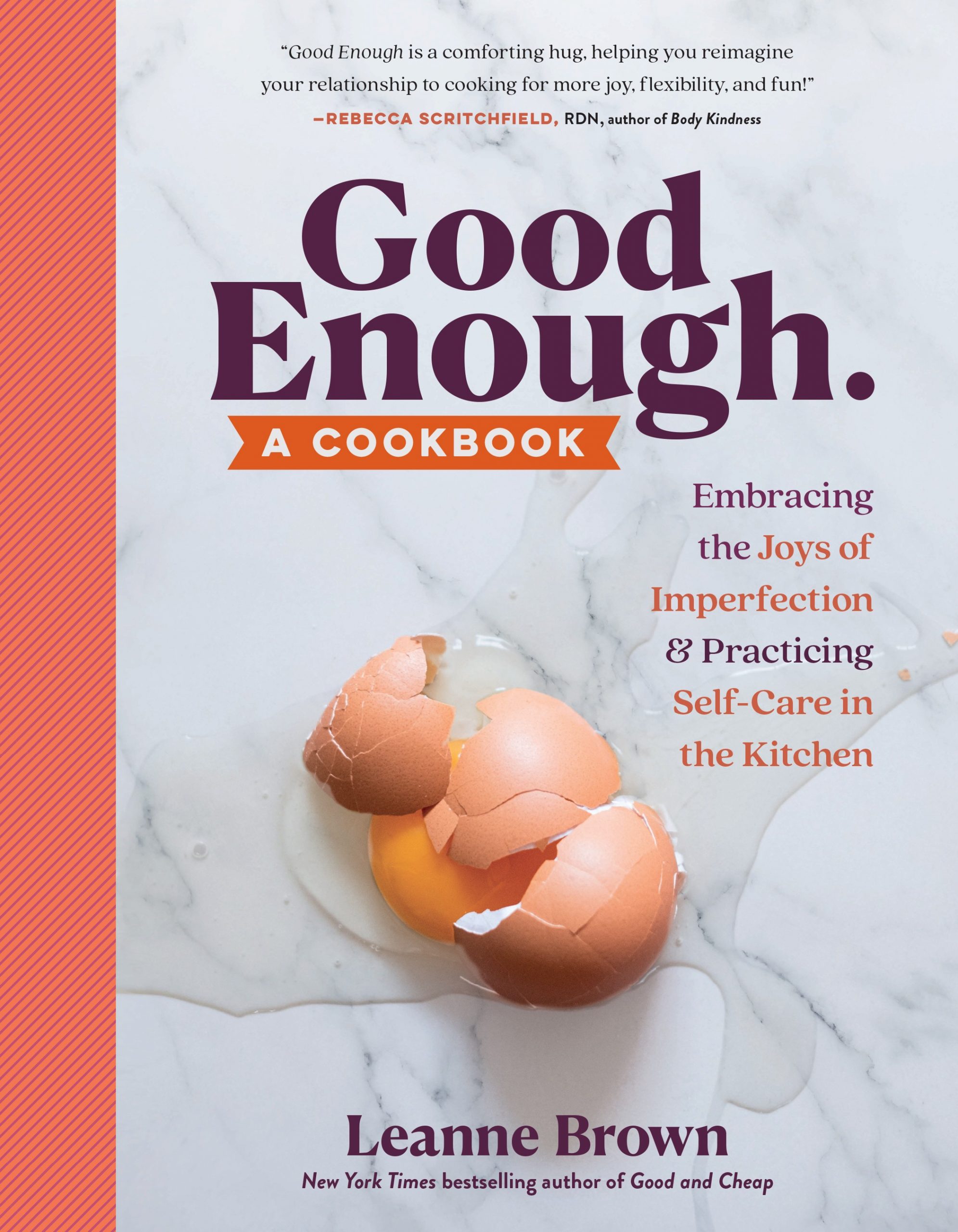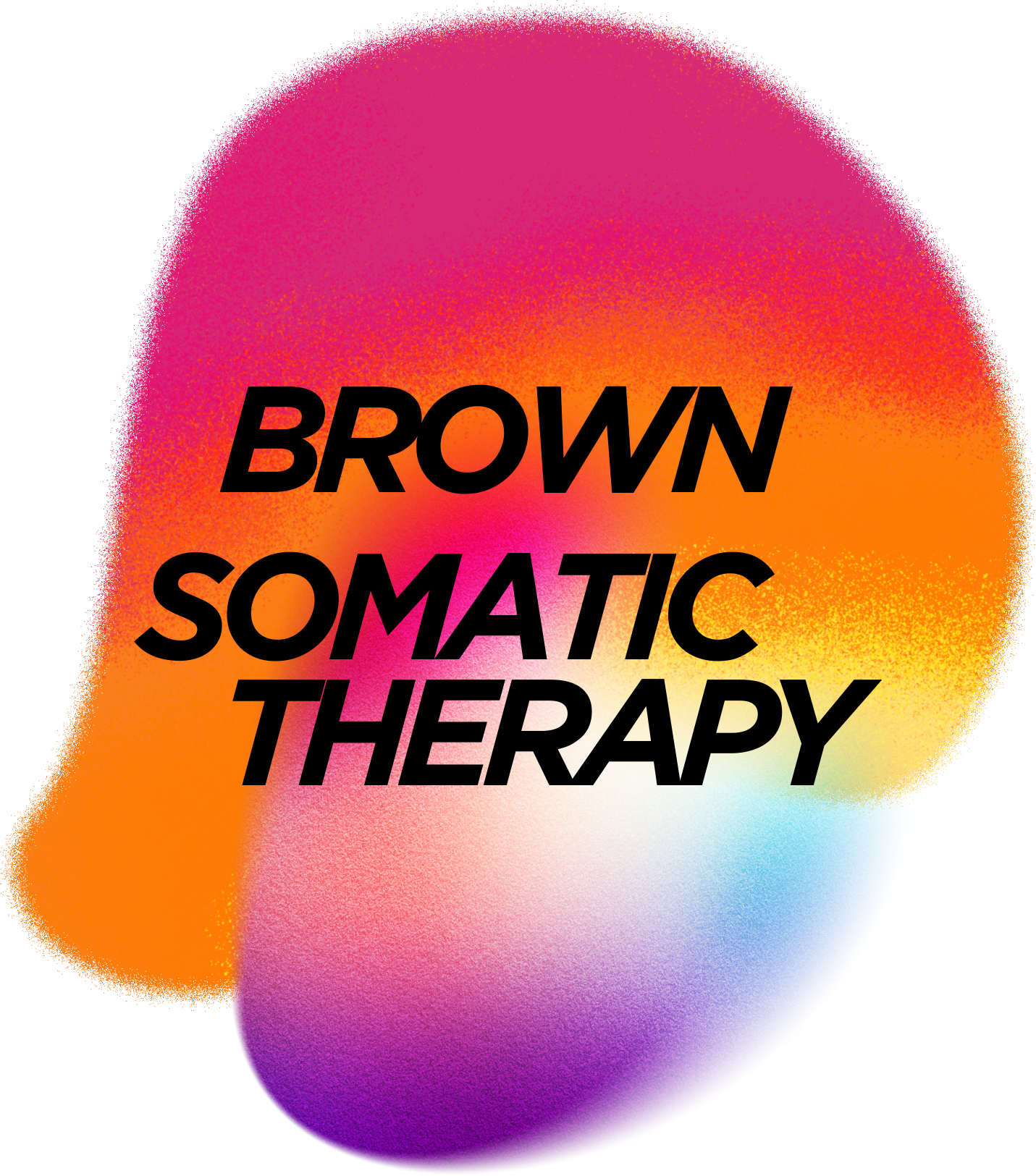Leanne Brown – Somatic Therapist – NYC
My Somatic therapy practice developed over many years of study and direct experience.
For most of my life, I lived in a state of high anxiety, what we call hypervigilance. I was socially anxious, depressed, and generally did not feel I was capable in the world. I began to explore all kinds of healing modalities, but what really made the difference was a deep practice of yoga and meditation. The connection between the mind and body that the practice created allowed me to unlock long, stuck emotions and understand my experiences from the past so I could move forward in the now. It was through this that I developed the somatic therapy practice I now share with others.
Somatic therapy is rooted in connecting the mind and the body. Connecting the mind and the body is a physiological process and breath and movement are the way we communicate information to our body and the way it communicates back. It is necessary in our world to re-establish connection with our bodies because most of us identify with our thinking mind and have lost connection with the immense wisdom stored in the body.
Working together, I gently guide you into a conscious relationship with your body so your internal world can become a safe refuge. In this safe refuge, we can process anything from long-held traumatic memories to the stress of daily life. In the process, you become more clear and more relaxed.
When we can process our life experiences at the source—in our bodies—we come into contact with our true nature rather than the stress responses we might be used to thinking of as ourSELVES. Our true self is calm and wise and clear. This true self is someone we can trust. When we trust ourselves we make good decisions and our lives begin to get better. If you are ready for a trusting relationship with yourself I am ready to witness and guide you.
TESTIMONIALS

Who could benefit from Somatic Therapy?
Anyone Experiencing:
Depression
Anxiety
Feeling Stuck or Directionless
Major Transition Like Loss of Job or Divorce
Grief
Loss of Vitality
Anyone Wanting to:
Develop Body Awareness,
Experience Personal Growth,
Develop a Better Relationship with Your Body
Learn Skills for Moving Through Stress





